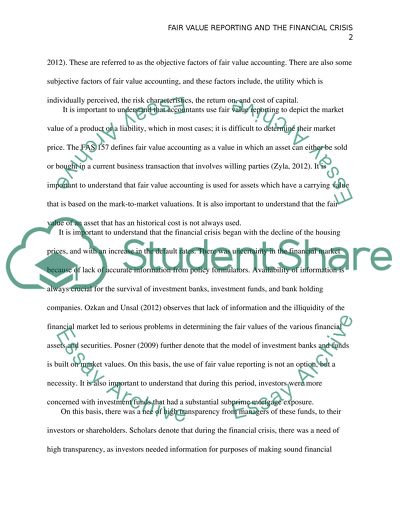Cite this document
(“Fair Value Reporting And The Financial Crisis Essay”, n.d.)
Fair Value Reporting And The Financial Crisis Essay. Retrieved from https://studentshare.org/finance-accounting/1635067-advanced-financial-reporting-and-regulation
Fair Value Reporting And The Financial Crisis Essay. Retrieved from https://studentshare.org/finance-accounting/1635067-advanced-financial-reporting-and-regulation
(Fair Value Reporting And The Financial Crisis Essay)
Fair Value Reporting And The Financial Crisis Essay. https://studentshare.org/finance-accounting/1635067-advanced-financial-reporting-and-regulation.
Fair Value Reporting And The Financial Crisis Essay. https://studentshare.org/finance-accounting/1635067-advanced-financial-reporting-and-regulation.
“Fair Value Reporting And The Financial Crisis Essay”, n.d. https://studentshare.org/finance-accounting/1635067-advanced-financial-reporting-and-regulation.


